A Night of Horological Excellence
The GPHG honors the art of watchmaking, celebrating the ingenuity and craftsmanship that drive horology to new heights while preserving its timeless traditions.
On a crisp and clear November evening in Geneva, a packed Théâtre du Léman became the center of the horological universe as the 24th edition of the Grand Prix d'Horlogerie de Genève (GPHG) 2024 took center stage. Known as the "Oscars of Watchmaking," the GPHG once again dazzled attendees with an extraordinary display of craftsmanship, innovation, and artistry.
The evening was a showcase of elegance, with guests dressed in their finest formal wear, exuding an air of camaraderie as dignitaries, CEOs, and master watchmakers mingled for interviews and conversations. It was the perfect occasion to flaunt a prized grail watch or the timepiece you wanted to be noticed, each wrist telling a story of passion and prestige.
More than 90 watches competed across 15 categories, including two new additions: Time Only and Eco-Innovation. H. Moser & Cie won the Time Only Watch Prize for their Streamliner Small Seconds Blue Enamel, exemplifying minimalist elegance and technical excellence. Chopard secured the Eco-Innovation Prize with the L.U.C Qualité Fleurier, a testament to the brand's decade-long commitment to sustainability.
The coveted Aiguille d'Or–the ultimate watch industry recognition honoring the most stunning watch of the year in terms of innovation and aesthetics–went to IWC's Portugieser Eternal Calendar, a watch capable of juxtaposing complexity with an unexpected ease of reading. This marvel features groundbreaking horological advancements, including a 400-year gear for leap-year accuracy until 3999, and a moon phase requiring adjustment after 45 million years (!), all in a 44.4mm platinum case.
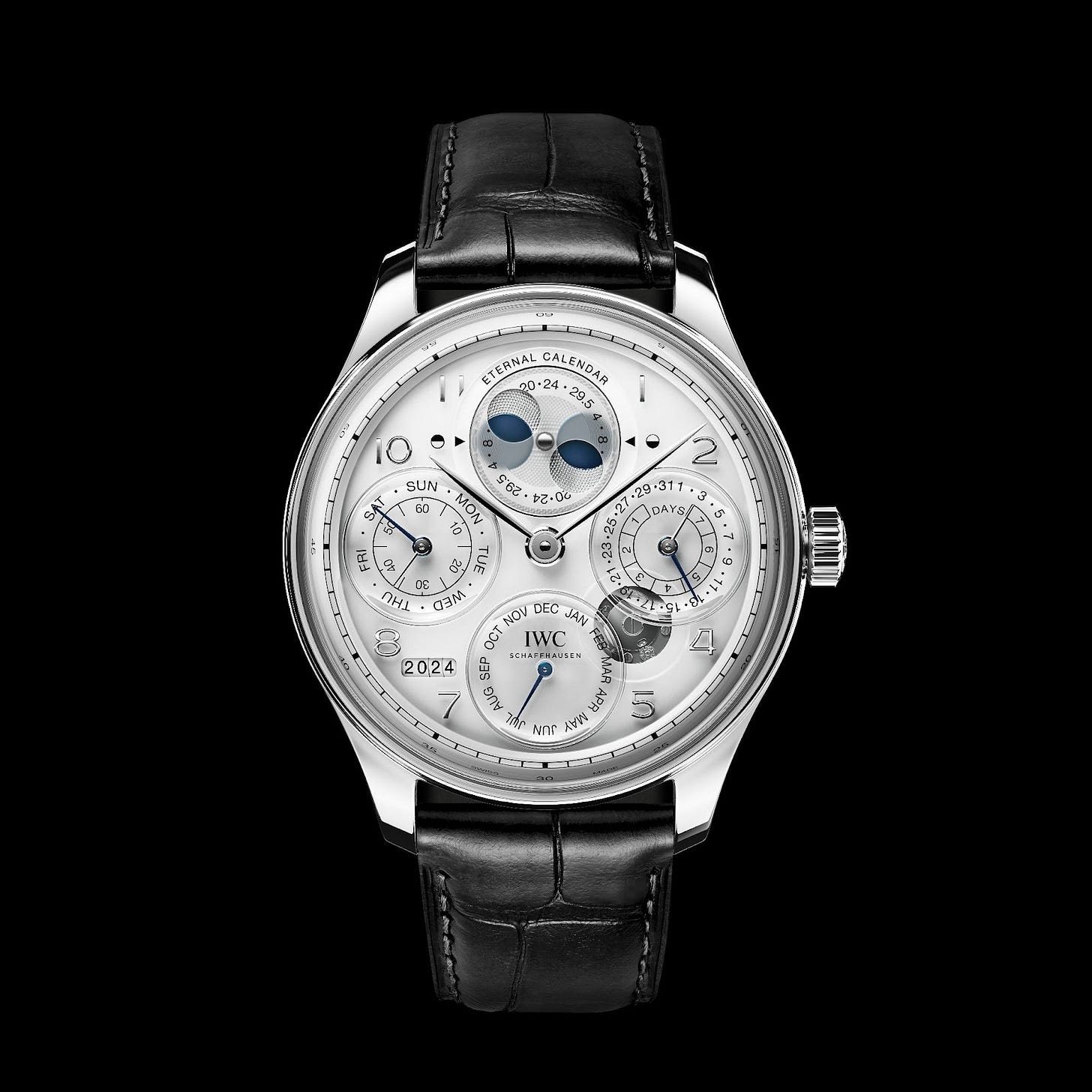
Independent watchmakers took center stage during the ceremony, with Daniel Roth's Tourbillon Souscription earning the Tourbillon Watch prize. The revival of his iconic 1988 double-ellipse case and Clous de Paris guilloché dial reaffirmed his legacy of timeless innovation. Laurent Ferrier and De Bethune, were also celebrated, winning the Calendar and Astronomy and Men's Complication prizes, respectively. Ferrier's Classic Moon Silver featured an 18-carat red gold case, an annual calendar, and the brand's first moon phase complication. Its intricately hand-finished silver dial and a movement visible through the case back evoked the elegance of pocket watches. De Bethune's DB Kind of Grande Complication, created by master watchmaker Denis Flageollet, impressed with its integration of eight horological complications, including a perpetual calendar, spherical moon phase, and ultra-light tourbillon. Housed in a reversible double-sided case, it exemplified technical mastery in miniature engineering and aesthetic sophistication.

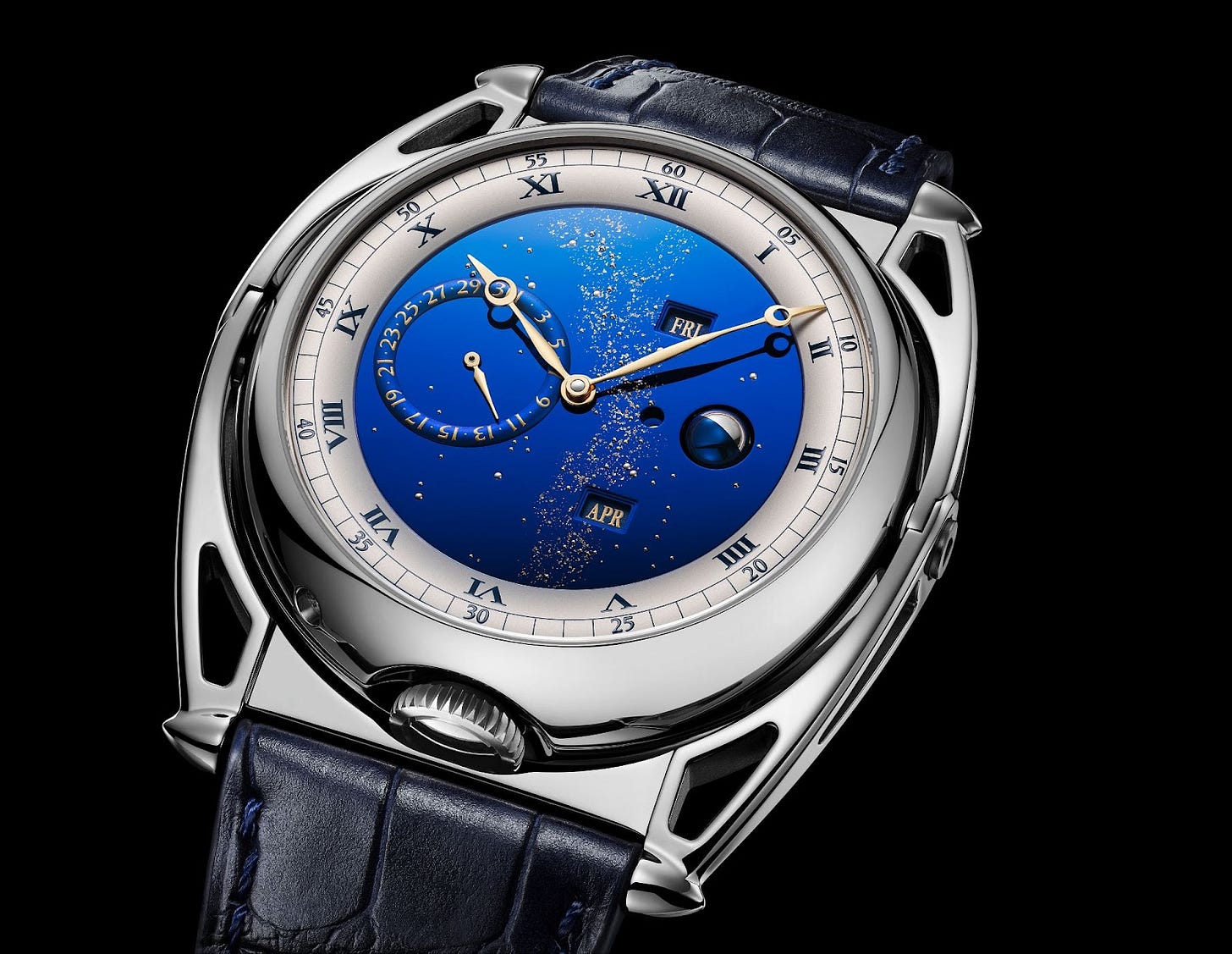
Bernhard Lederer and Kari Voutilainen, two esteemed members of the Académie Horlogère des Créateurs Indépendants (AHCI), won the chronometry and men's watch prizes. Lederer's 3 Times Certified Observatory Chronometer, with triple certifications from Besançon, Glashütte, and Geneva, underscored precision engineering. Voutilainen's KV20i Reversed, featuring an inverted movement, showcased intricate mechanics, including dual escapement wheels visible on the dial side.
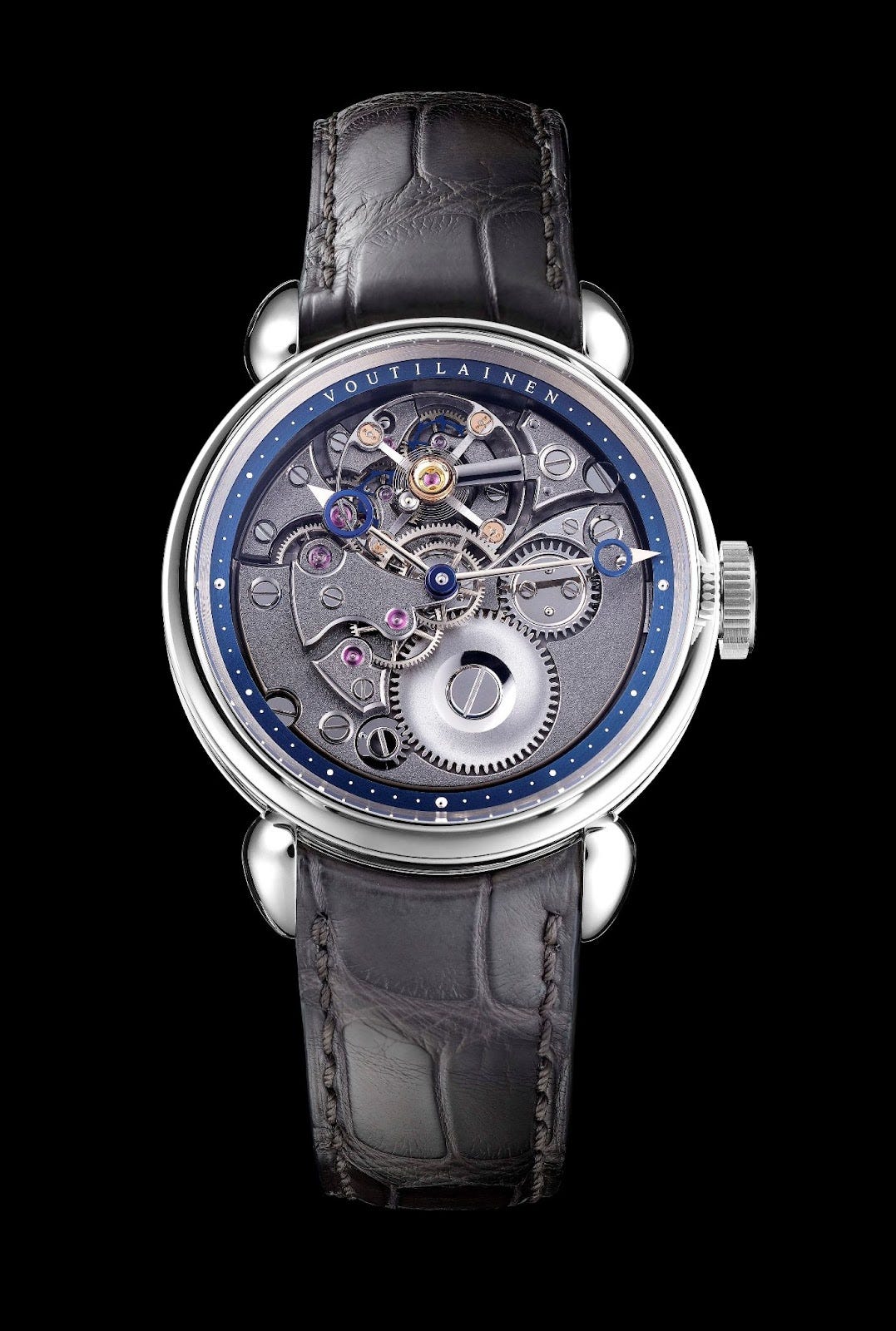
Massena Lab captured the Chronograph Watch Prize with the Chronograph Monopoussoir Sylvain Pinaud x Massena LAB. This hand-crafted mono-pusher chronograph, created in collaboration with Sylvain Pinaud, blended traditional craftsmanship with contemporary design, earning acclaim for its meticulous execution.
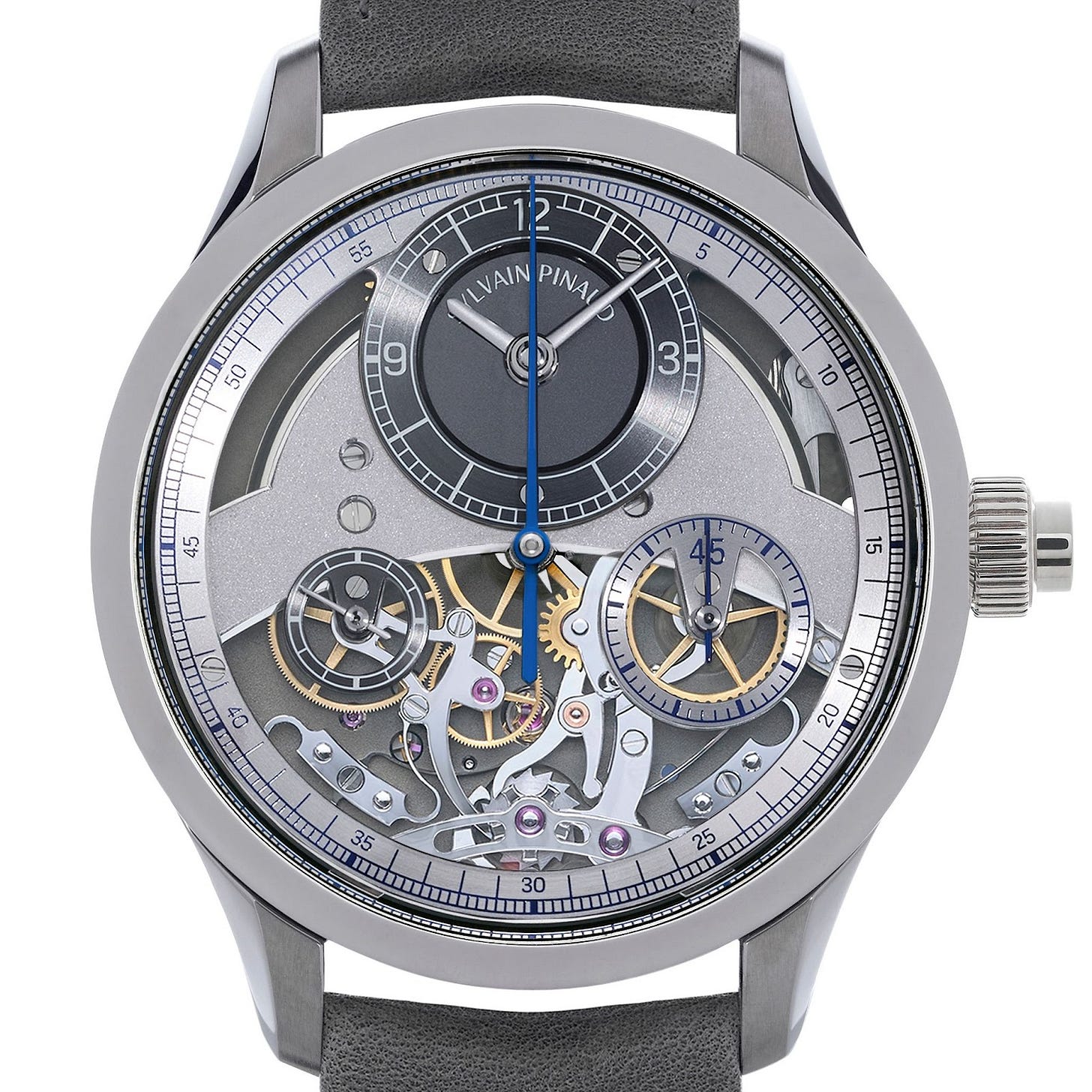
The Petite Aiguille and Challenge Watch prizes celebrated innovative approaches to time display. Stefan Kudoke's KUDOKE 3 Salmon featured a triple-armed hour hand traversing three scales, while Jiro Katayama's Otsuka Lotec No. 6 integrated retrograde hands and fan-shaped displays inspired by Japanese culture.
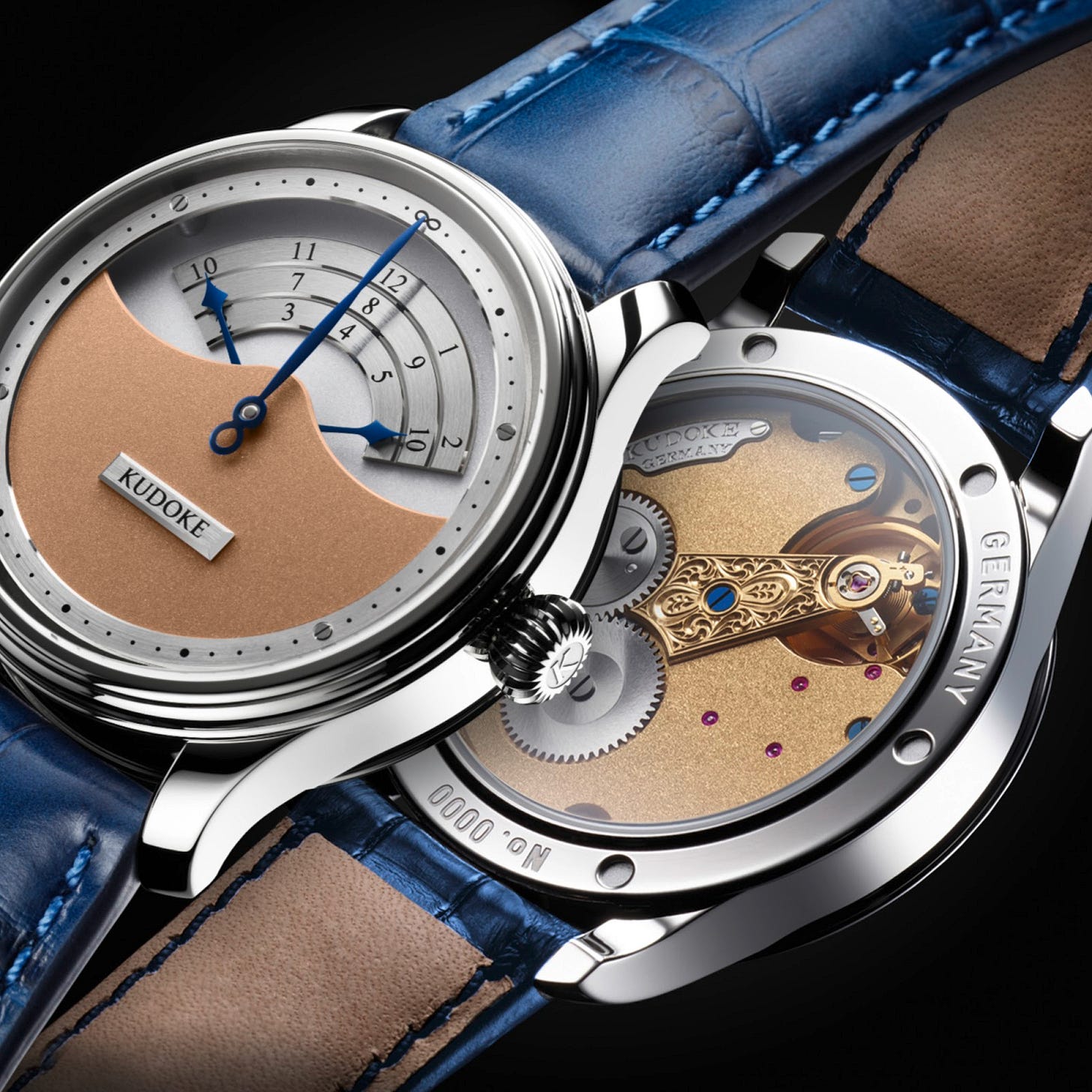

Van Cleef & Arpels and Chopard were the only brands to win multiple prizes during the evening. Van Cleef & Arpels claimed the Ladies', Ladies' Complication, and Artistic Crafts prizes, while Chopard captured the Jewellery and Eco-Innovation awards. Chopard's Laguna High-Jewellery Secret Watch shines as a one-of-a-kind masterpiece. Crafted from ethical gold and adorned with gemstones, it required over 1,000 hours of meticulous craftsmanship. Its seashell-inspired design includes a natural pearl, which adds a maritime touch, while a concealed dial introduces an air of mystery.
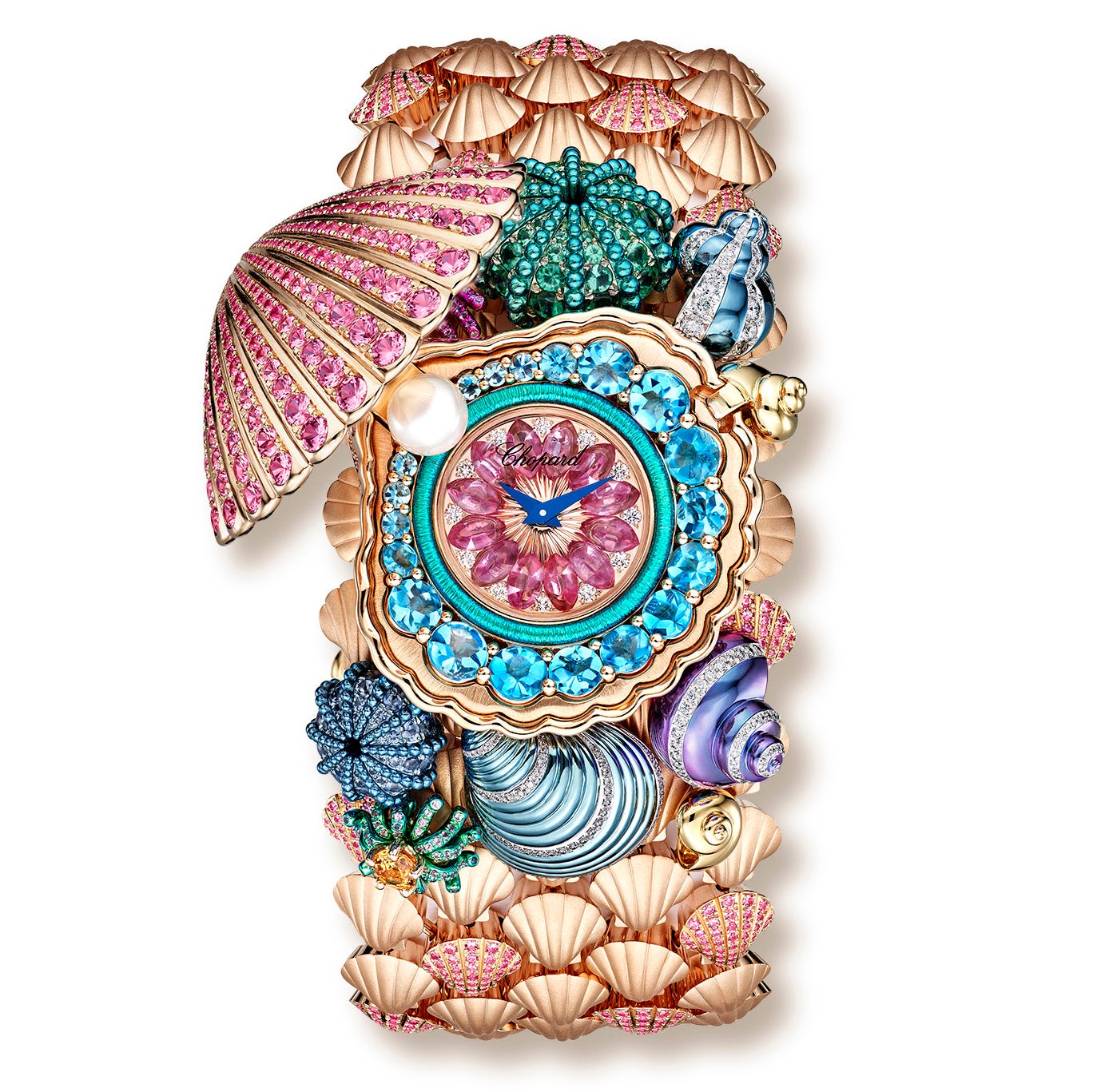
Berneron and Remy Cools showcased bold visions of modern watchmaking, earning the Audacity and Horological Revelation prizes, respectively. Berneron's Mirage Sienna impressed with its asymmetrical case and movement, a harmonious yet deliberately imperfect aesthetic display. Meanwhile, Cools' Tourbillon Atelier combined traditional techniques with modern innovation, featuring a finely grained dial and polished tourbillon bridge.
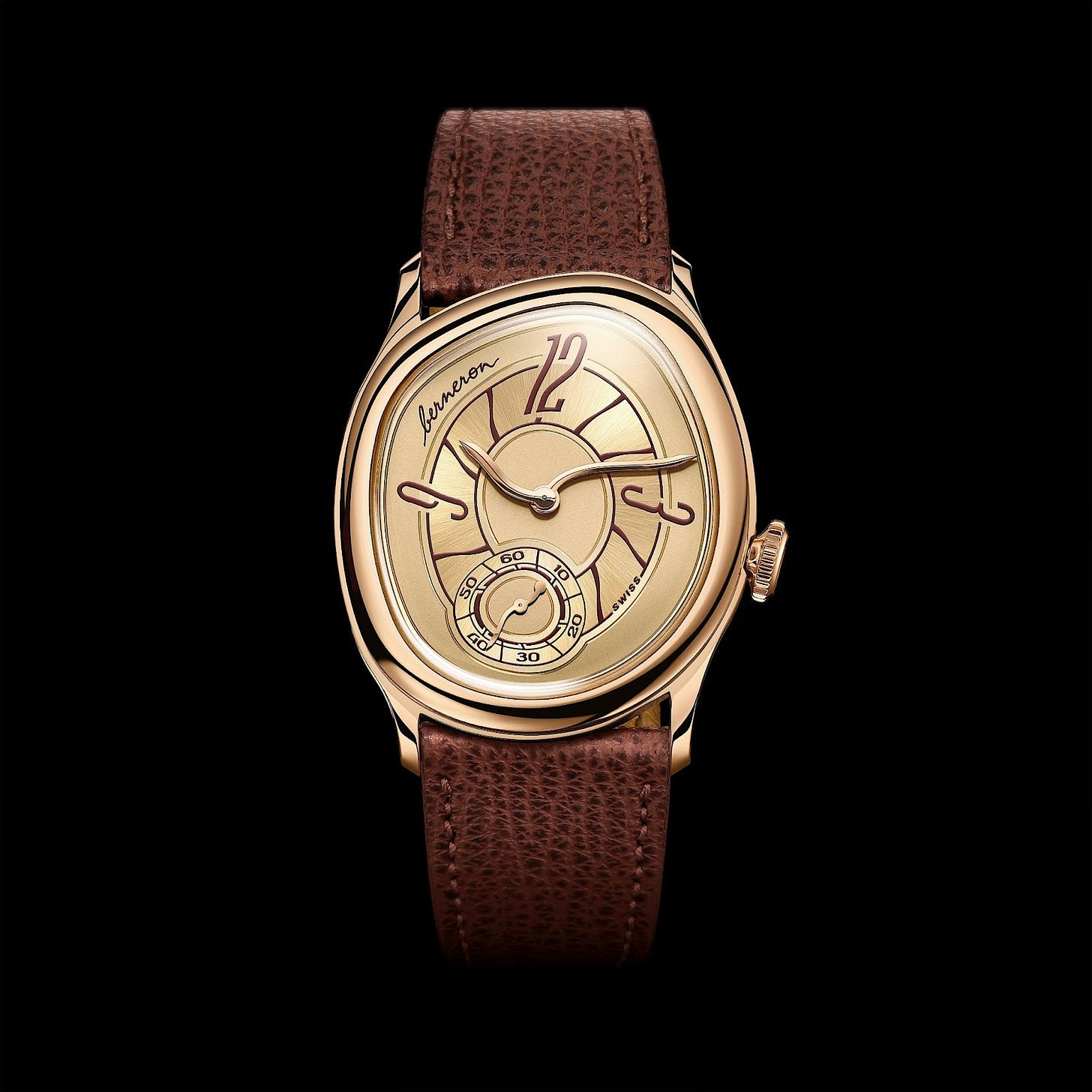
Three exceptional watches rounded out the winners: the Piaget Polo 79, Bovet 1822's Récital 28 Prowess 1, and Ming's 37.09 Bluefin. Piaget revived its 1979 design, blending vintage charm with contemporary updates. Bovet's Récital 28 addressed Daylight Saving Time complexities with 25 synchronized rollers, ensuring global accuracy. Ming's Bluefin redefined sports watches, boasting a slim profile, 600m water resistance, and a laser-engraved sapphire dial.
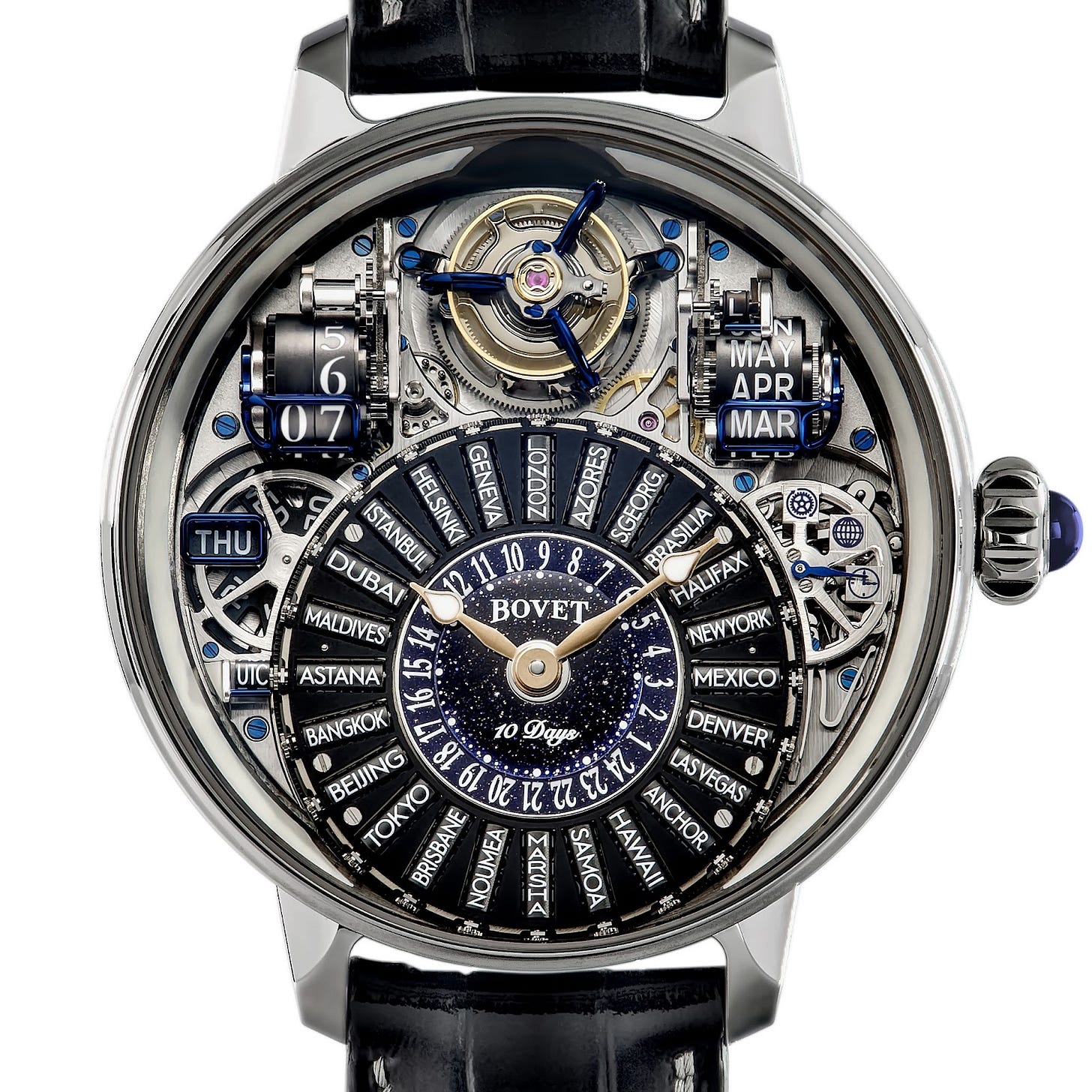
The evening concluded with a heartfelt tribute to Jean-Pierre Hagmann, who received the Special Jury Prize. Renowned for his high-quality watch cases, Hagmann's enduring contributions remind us of the human skill and dedication that define haute horlogerie.
The Italian version of this article was published in L’Orologio, No. 331, December 2024/January 2025.


